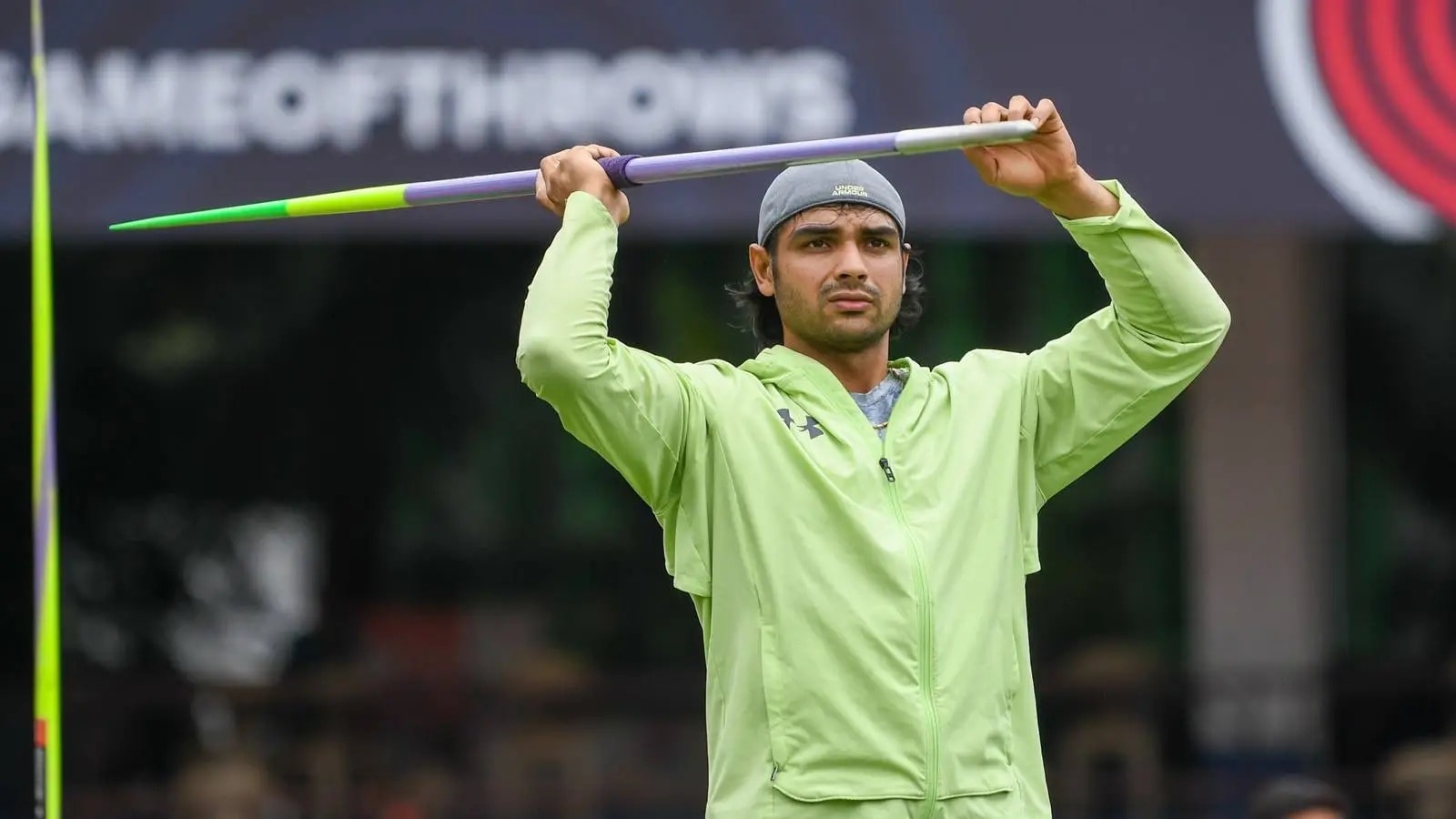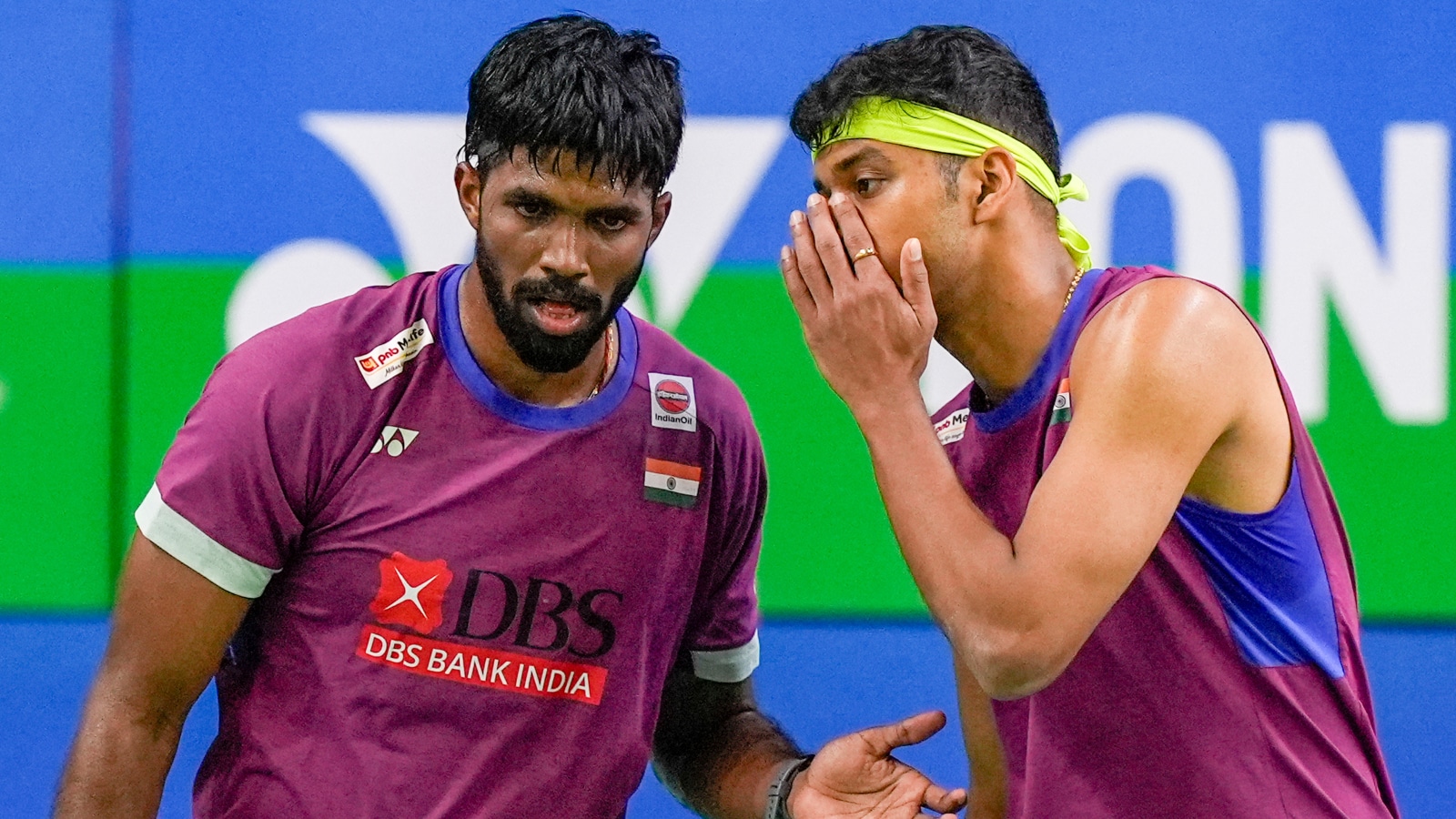ARTICLE AD BOX
Serving for the win in the third set of what was meant to be a routine tournament opener at the US Open but turned into a humdinger, Coco Gauff was confronted with a familiar problem.
Up 5-4, Gauff panicked, committing two double faults to take her total for the match to 10, and giving her opponent, the unseeded Australian Ajla Tomljanovic, a way back into the match. After composing herself again, she stood up to the challenge with a familiar steel, returning serves with force and producing phenomenal defence to steal the break of serve and eventually seal the 6-4, 6-7 (2), 7-5 victory.
There may have been positives in Gauff’s performance; she rode the crowd’s raucous support at the tournament she considers the most important, and she showed her typical appetite to grit and grind out a victory upon which she built both the Major triumphs of her career. But the iffy performance of her serve – the part of her game that has troubled her throughout the season and for which she made a high-risk, last-minute change on the eve of the tournament – continues to rankle.
Gauff had let go of her successful partnership with Brad Gilbert, who guided her to her first Major at her home slam in New York in 2023, last year. He had paved the way for Matt Daly, more of a technician than a psychological worker, who was expected to fix the more concerning issues in her technique.
Daly had made adjustments to the western grip of her weaker forehand and tried to get her to stop retreating behind the baseline and become more of the aggressor in baseline exchanges. But most crucially, he concerned himself with her serve, suggesting its flimsiness needed to be fixed via a change in grip.
The results were nonexistent. In 2025, Gauff ticked off a major goal, winning her second Major at the French Open and making sure to avoid the tag of a one-hit wonder. She had a positive clay season, reaching two WTA 1000 finals on the surface too. But away from the dirt, her season has been lacklustre to say the least; in Australia, she was out in the quarterfinal, and in Wimbledon she lost in the first round. Since the Paris triumph, she has only won five of her nine matches.
 Gauff beat unseeded Australian Ajla Tomljanovic 6-4, 6-7 (2), 7-5 in the first round of the US Open 2025. (AP)
Gauff beat unseeded Australian Ajla Tomljanovic 6-4, 6-7 (2), 7-5 in the first round of the US Open 2025. (AP)
And the service is the major sticking point. For a player of her quality, she falters on the singular controllable of the sport a phenomenal amount. This year, prior to the start of the tournament, Gauff had made an astonishing 320 double faults, 95 more than the next-worst player. She has won just 42.7% of the points behind her second serve.
Story continues below this ad
Daly’s inputs were uninspiring, so Gauff hit the reset button. A week before the start of the Major in Flushing Meadows, Gauff announced she had parted ways with Daly and hired biomechanics specialist Gavin MacMillan. MacMillan had previously worked with current World No. 1 Aryna Sabalenka, taking her from a double fault machine to one of the most consistent servers on the tour.
MacMillan’s methods are simple but not simplistic. He does not believe double faults are a sign of mental fatigue nor of a longstanding technical deficit. The service motion, right from the ball toss to the point of impact, is the area that requires adjustment.
And in Gauff’s first match since hiring the specialist, he had indeed seemed to have influenced some change. Gauff served with a slower, more assured motion. She was evidently trying to go for greater accuracy and spins as opposed to speeds. She was trying to place the ball outside of her opponent’s comfort zone as opposed to blowing her off the court.
It worked, and then it didn’t. The American 21-year-old fought back from a break down in the first set and then led by a break in the second before she cracked. The double faults started pouring out, and once again, she began trying to serve bombs, with plenty of errors.
Story continues below this ad
The serve is not the only area of Gauff’s game that needs improvement. Tomljanovic’s singular strategy seemed to be to repeatedly test her weaker forehand, especially while returning second serves, and there were stretches in the match where it worked almost too well.
It shows that for all the prodigal talent and early success she has enjoyed, there are still huge margins for improvement. This season has been a testament to that. The US Open may be a testament to whether a sudden shake-up can be effective in creating those refinements, or whether the call is a panicked, last-minute punt.
She had to do it the old way on Tuesday. She can’t always rely on that.



.png)
.png)
.png)
























 English (US) ·
English (US) ·